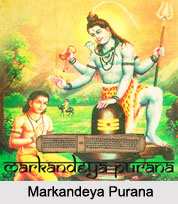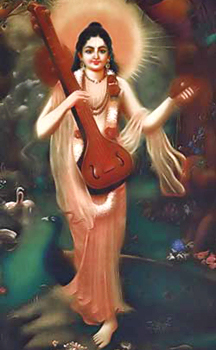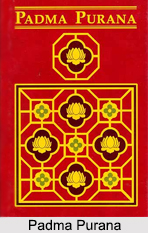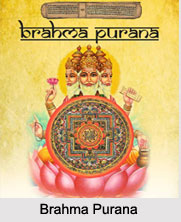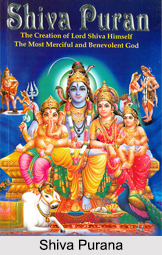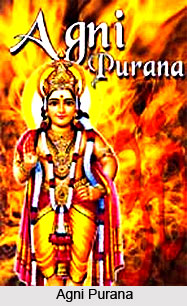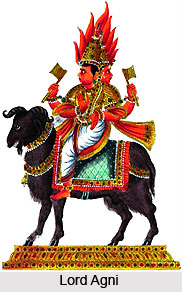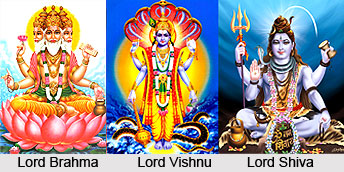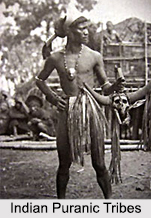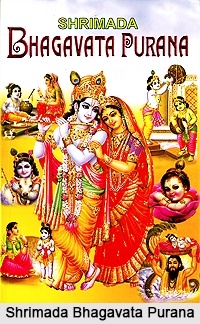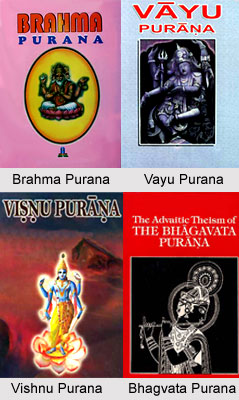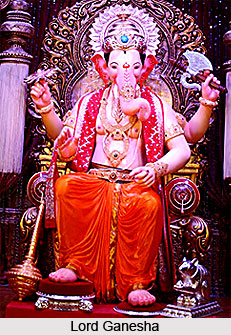 Adhyaya seventy one in Agni Purana has given a detailed description of the worship of Lord Ganesha. Lord Agni has said that nyasa which means the act of mentally locating a mantra needs to be performed in three stages. The first step involves Ganaya Svaha which is performed in the heart. Akdanstraya Svaha needs to be performed in the head; Gajakarnina Svaha is performed in the tuft of hair on the head. Gajavaktraya svaha acts as armour, Mohadaraya svaha is performed in the eyes and the Sadantahastya svaha acts as the weapon.
Adhyaya seventy one in Agni Purana has given a detailed description of the worship of Lord Ganesha. Lord Agni has said that nyasa which means the act of mentally locating a mantra needs to be performed in three stages. The first step involves Ganaya Svaha which is performed in the heart. Akdanstraya Svaha needs to be performed in the head; Gajakarnina Svaha is performed in the tuft of hair on the head. Gajavaktraya svaha acts as armour, Mohadaraya svaha is performed in the eyes and the Sadantahastya svaha acts as the weapon.
The God of Fire has said in his account of Lord Ganesha`s worship that the god gana, the preceptor, Paduka, Shakti and Ananta are to be located below the principal joint of the body and the Sadan is placed in the part above that. The Lord has said that the several Pitha Saktis such as Jvalini, Nanda, Surasha, Kamrupa, Uadaya, Kamvartiny, Satya, Vignansha are supposed to be located in the petals of the lotus shaped mystic diagram together with all the Mantras about Lord Yama, Lord Rama, Lam and Bam.
Lord Agni in Agni Purana discussing about the mode of worship of Ganesha has also mentioned the Gayatri Mantra which accompanies the worship of the lord. It says that individuals should know the god, the Lambodar (the big bellied god), should meditate upon the god Mohadara (the great bellied one) and let the minds of people be goaded to think of the god with the elephants head. Rather it can be said that at this juncture Agni has tried to say that one should concentrate on the Lord and should worship him with full dedication.
He has said that gods Ganapati, Ganadhipa, Ganesha, Gananayaka, Ganakrida, Bakratundu, Akadanstra, Mahodara, Gajavaktra, Lambakuksi, Vikala Vignanasha, Dhumrabara, Mahendra and others are to be worshipped in the petals of the painted lotus shaped diagram.
This article is a stub. You can enrich by adding more information to it. Send your Write Up to content@indianetzone.com

